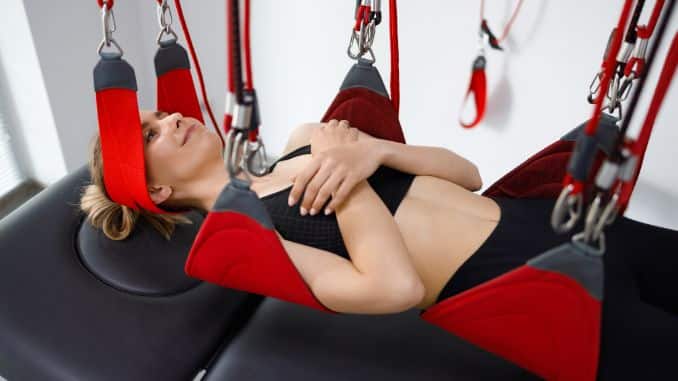
What does “Neuromuscular activation” mean? Although it may seem like a complex term, it is a simple concept that can be easily understood. Neuromuscular activation is a type of activity or exercise that mainly focuses on the activation and improvement of neural pathways between the brain and muscles, thus enhancing communication and coordination. This usually consists of simple movements or a “warm-up” for a more demanding activity or exercise. The frequency and duration at which you should do neuromuscular activation exercises will depend on your individual goals, fitness level, and the specific exercises and activities you are doing.
Importance of Neuromuscular Activation in Physical Activity
- Addresses the quality of movement and joint control
- Has effects on functional performance, biomechanics, and muscle activation
- Aids in dynamic joint instability with recurrent episodes of joint subluxation and deterioration.
- Aim at enhancing or restoring neuromuscular control following injury to prevent reoccurrence.
Injury or underdevelopment may lead to impairment or weakening of the communication between the brain and muscles. Consequently, the transmission of electrical impulses from the nervous system to the muscles may not occur accurately or at all. Neuromuscular Activation not only helps maximize the benefits of workouts but also facilitates smoother and more functional movement in everyday life.
Methods of Neuromuscular Activation
1. Resistance Training
Resistance training involves using external resistance, such as weights, to increase muscle activation and build strength. It can be done using free weights, weight machines, or resistance bands. By gradually increasing the resistance, the body adapts and becomes stronger, resulting in improved muscle activation and control.
2. Plyometric Training
Plyometric training focuses on explosive movements to improve power output and coordination. The exercises involve rapid, explosive movements such as jumping, hopping, or bounding that require a high level of muscle activation and coordination.
3. Power Training
Power training is a combination of resistance training and plyometric training to improve explosive power. The exercises are done quickly and with high intensity, focusing on the velocity of movement rather than the amount of weight lifted.
4. Neuromuscular Electrical Stimulation
Neuromuscular Electrical Stimulation (NMES) is a method of NMA that involves using electrical impulses to stimulate muscle activation. It is used to prevent muscle atrophy and improve neuromuscular function. This method involves placing electrodes on the skin over the muscles being stimulated and then delivering small electrical impulses to contract the muscles.
Factors Affecting Neuromuscular Activation
- Age
- Gender
- Fatigue
- Training Status
Usually, neuromuscular activation exercises are done as part of a warm-up routine, which is recommended to do before each workout. This helps to prepare your muscles and nervous system for more intense exercise and can reduce the risk of injury. For healthy individuals, the standard warm-up or neuromuscular activation duration is 5 to 10 minutes of light exercise.
Neuromuscular activation can also help those individuals who are exercising but are suffering from neurological conditions like stroke. This activity will not just prepare their brain and muscles, but it will also prepare them mentally with the activity and exercise. Even simple range of motion exercises can be a good neuromuscular activation exercise.
Common Warm-up Exercises for the Upper and Lower Extremities
1. Wrist and Hand Range of Motion Exercise
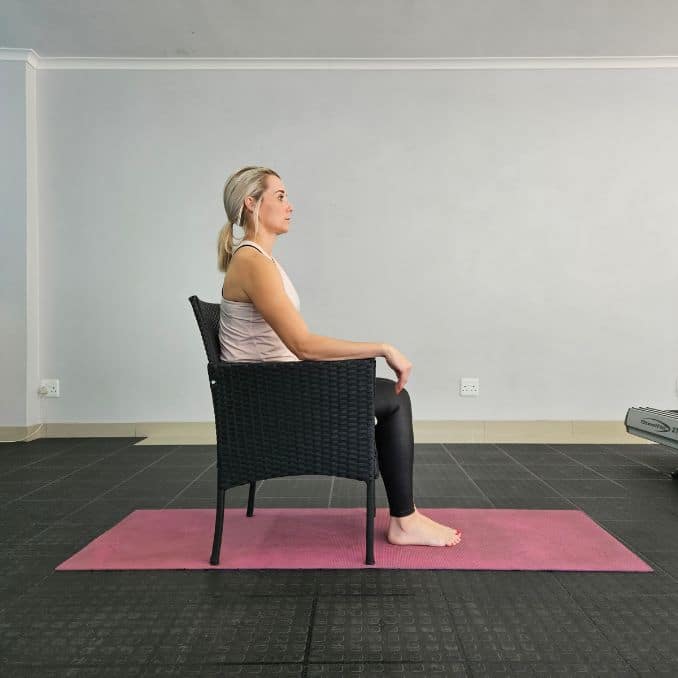 |
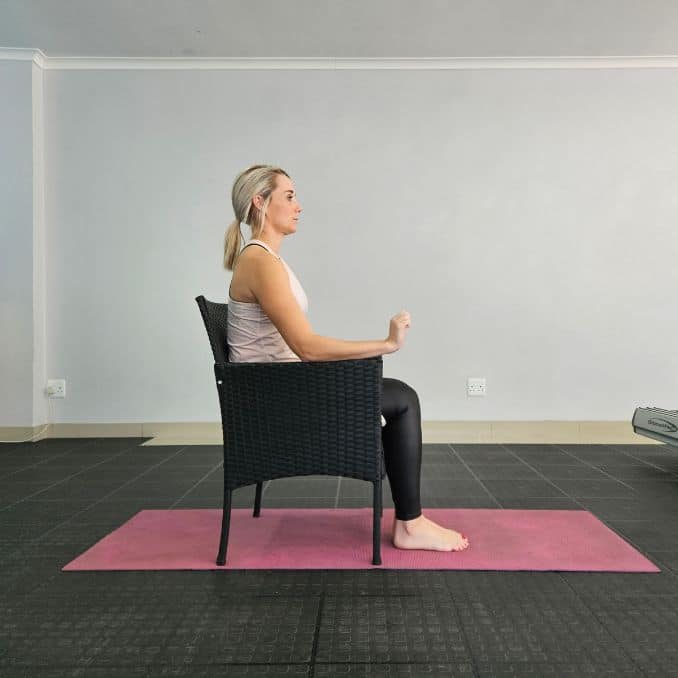 |
- Slowly bend your wrist forward and backward.
- An alternative way is to open and close your wrist slowly.
- You can do this for 3 to 5 minutes.
- This is a great warm-up exercise to increase blood circulation in our muscles so we can be prepared for the exercise.
2. Elbow Range of Motion Exercise
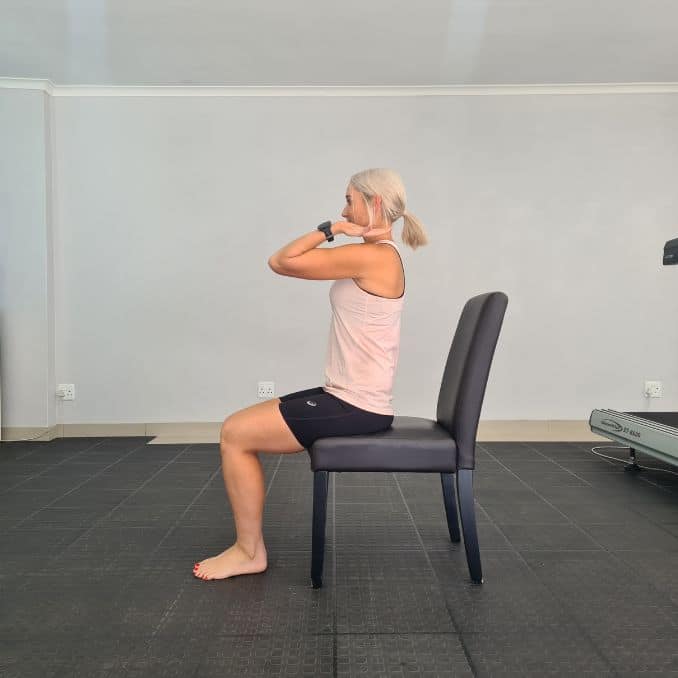 |
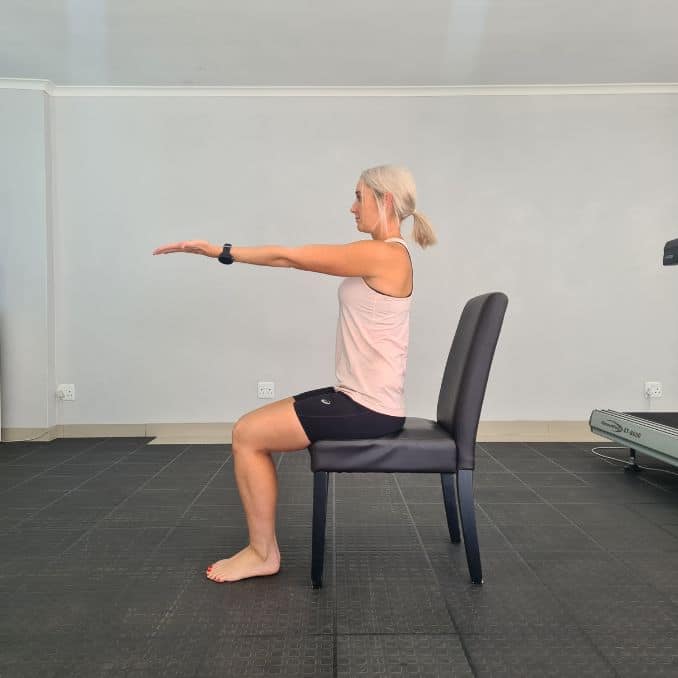 |
Flexion and Extension
- Slowly bend your elbow, bringing the palm towards the shoulder.
- Straighten the elbow slowly
- Repeat the procedure
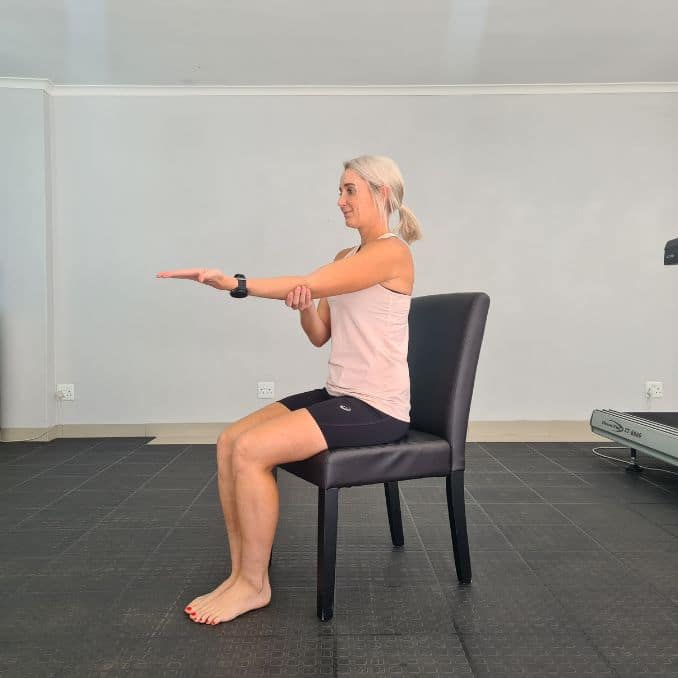 |
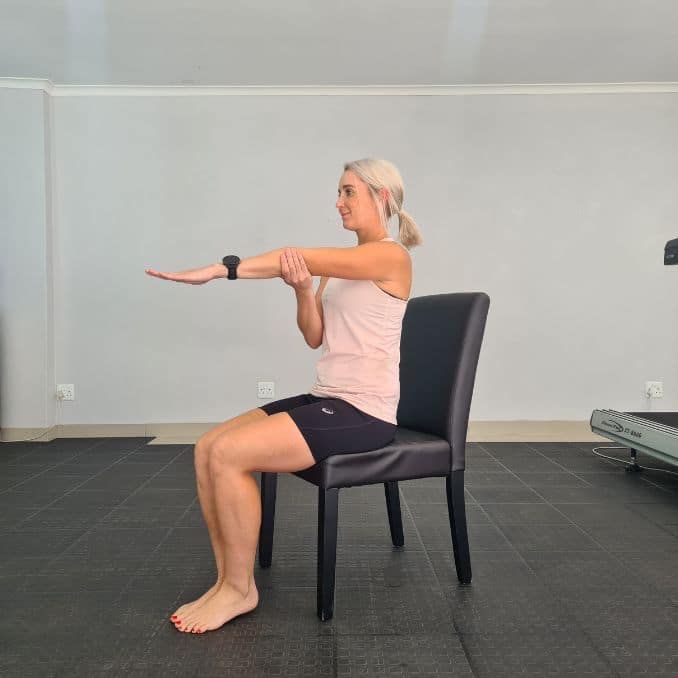 |
Pronation and Supination
- Place the forearm in supination where the palm is facing the ceiling.
- Then do pronation where the palm is facing the floor.
- Repeat the procedure
- If the range of motion is limited, just do the exercises within the available range.
- Do this for 10 repetitions and 3 sets
- This is a great warmup exercise for the elbow and forearm and the muscles and tendons around it.
3. Ankle Alphabet Exercise
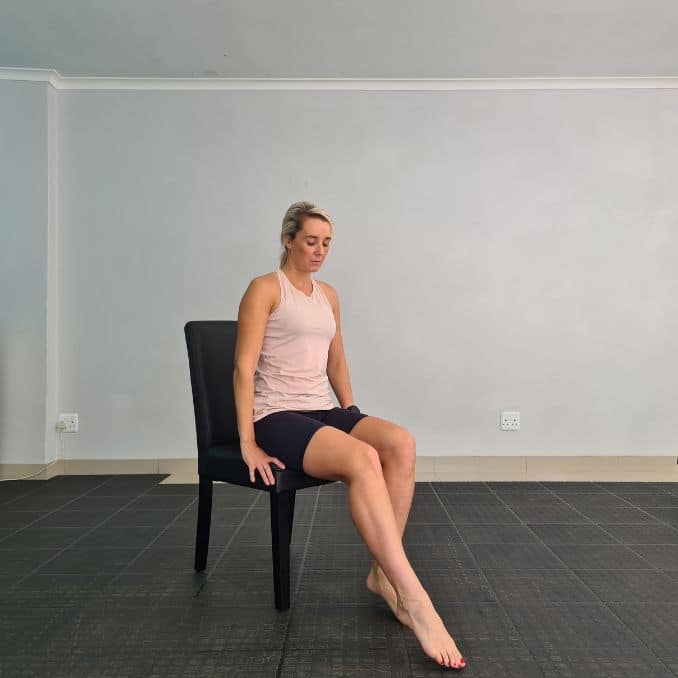 |
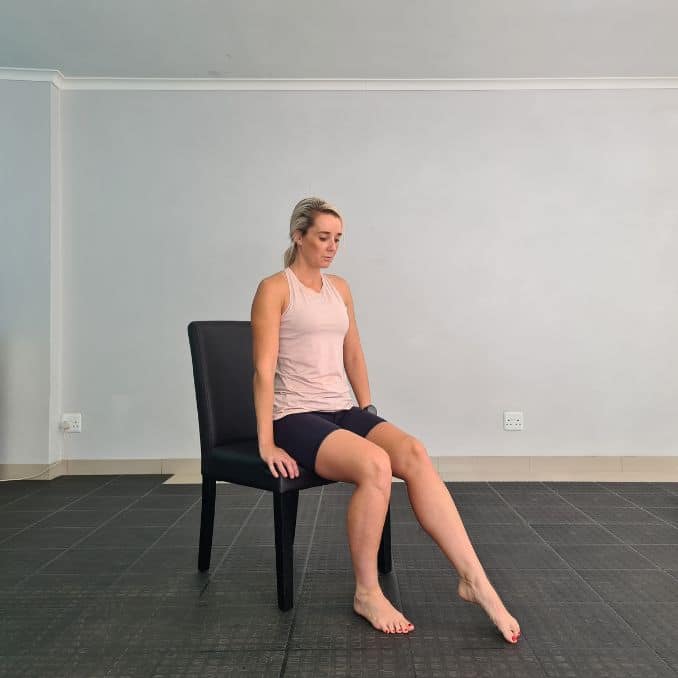 |
- Sit on the stable chair
- Raise one foot making the ankles free room for movement. You can add support to your calves to maintain their position.
- Draw the alphabet from A to Z. You can draw smaller letters for the initial treatment. Draw bigger letters as you progress.
- Do and complete the alphabet for 2 to 4 sets
- This is a good warm-up and cooldown exercise for the ankle and the structures around it.
Heel Slides
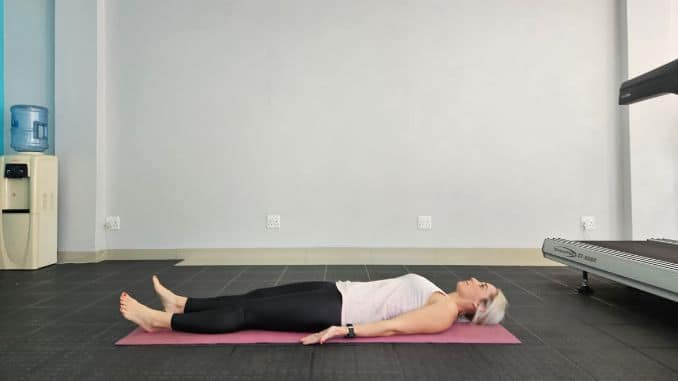 |
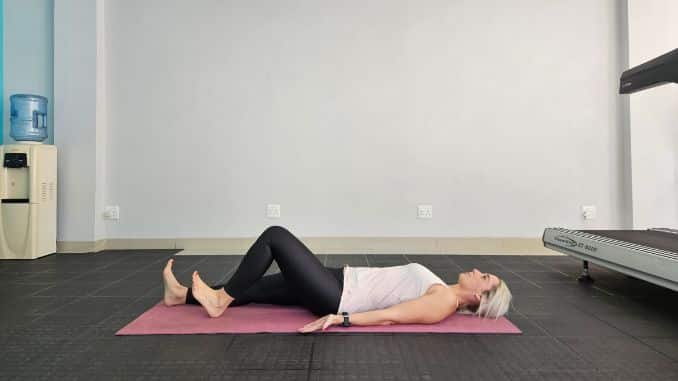 |
- Slide your foot toward your buttocks, bending your knee and keeping your heel on the bed.
- Do not let your knee roll inward.
- Hold your knee in a maximally bent position for 5 to 10 seconds and straighten the leg.
- Do the exercise without bending the hip beyond 90 degrees
- Repeat 10 times.
- Do 3 or 4 sessions a day.
- This exercises the muscles of the hip, thigh, and leg
If you are using neuromuscular activation exercises to improve your athletic performance or address a specific muscle imbalance, you may need to do them more frequently. In these cases, a qualified trainer or physical therapist can help you design a program that is tailored to your needs and goals.
In general, the frequency of neuromuscular activation exercises should be based on your individual needs and should not cause excessive fatigue or muscle soreness. It is also important to vary your exercises to prevent boredom and ensure that you are targeting all of the major muscle groups.

